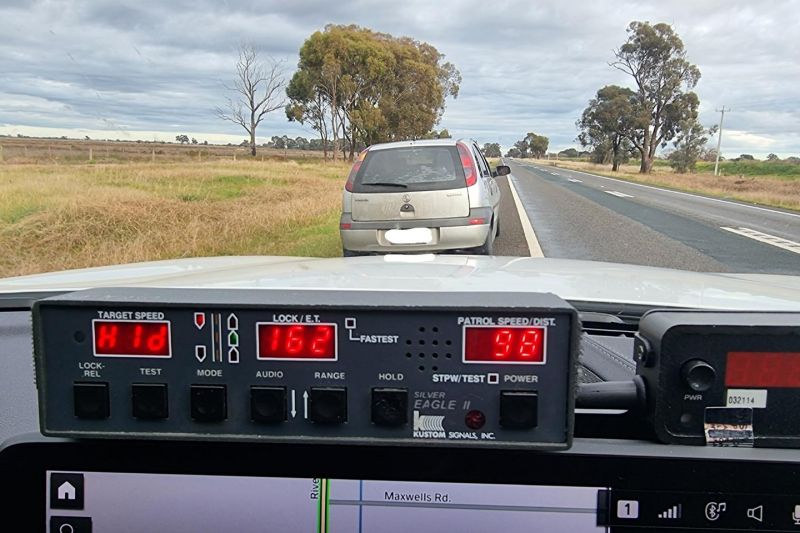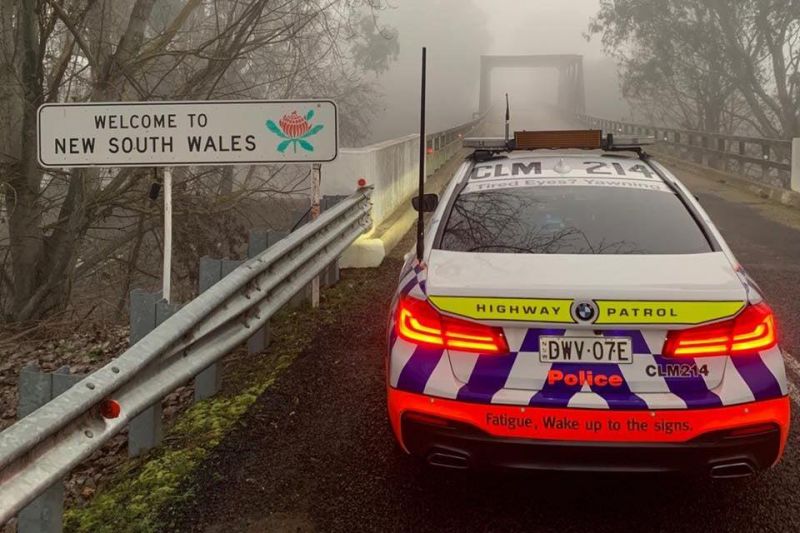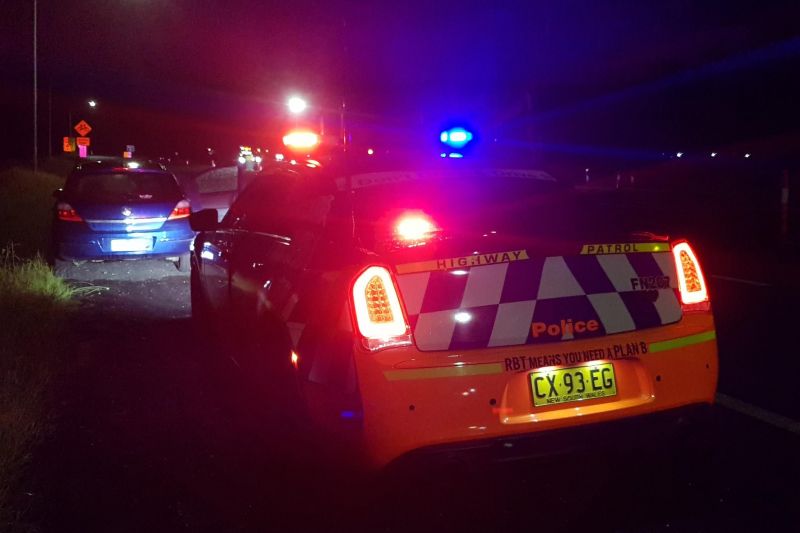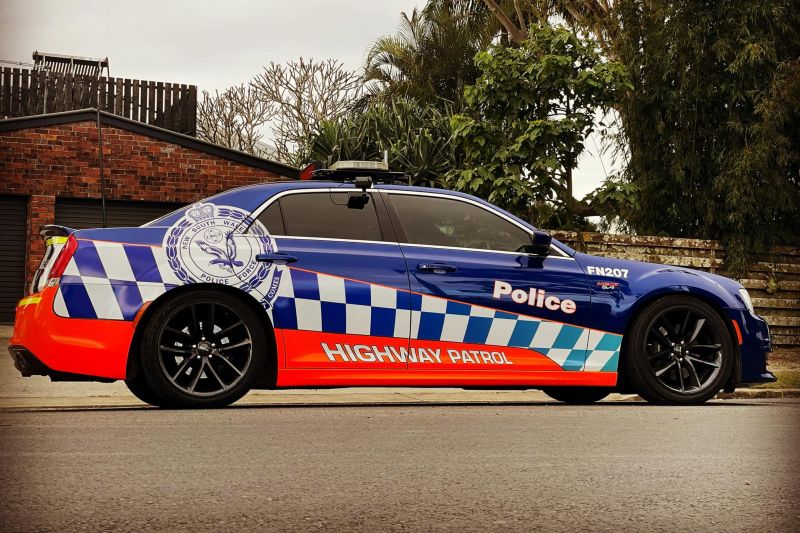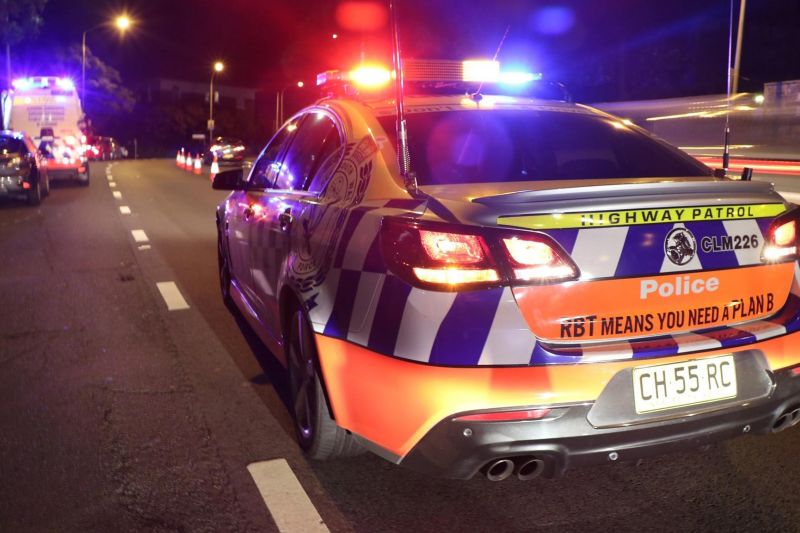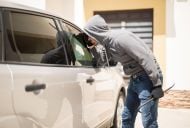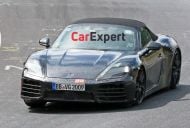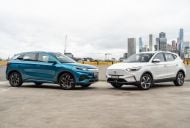Following from my first article on speeding, I will start to address some of the issues to consider in a speeding charge. These are by no means exhaustive and need individual analysis in each case.
Assuming you have been pulled over and have not admitted to the speed, and even in that instance there are things to consider, these are matters that can be investigated.
As stated in the earlier article, photographs of where the incident occurred are a great help, as it would provide information as to what may have been obstructing the proper tracking of the vehicle.
Distances will enable the calculation as to the distance over time and therefore the potential speed.
We also normally attend the police station to see the in-car video (ICV). That video will normally show in many cases what the officer could see and what you may have said when pulled over.
Usually at any hearing the officer will produce as part of his evidence in his statement a transcript of what you said –another reason to be wary of saying anything.
Further, if it is an in-car radar breach it provides us invaluable information, of what speeds were registering, the time between observation of the vehicle and locking the speed, and any other matters that could potentially affect the reading on the radar.
In the case of a check speed, examining the ICV will show whether the officer had the ability to maintain a consistent distance and speed to give an accurate reading. In many of these cases I have observed the highway patrol vehicle being blocked by slower vehicles.
When the highway patrol vehicle gets around the obstruction, seconds have gone past and the highway patrol vehicle has had to hammer it to catch up. In the heat of catching up it has on many occasions been that the speed alleged is the speed of the highway patrol vehicle and not that of the alleged offending vehicle.
I ran a case on the Old Road where the officer passed the bike and the radar showed the bike was travelling at 80 km/h, which was the speed limit. The bike pulls into Pie in the Sky, a number of minutes pass, and the highway patrol vehicle pulls in and the officer gets out and starts yelling at the rider and charges him with speed over 45 and drive speed dangerous – the latter being a very serious charge and will be covered in a later article.
When I examined the ICV it showed that the bike had travelled past the police vehicle at 80 but more importantly that the police vehicle had done a u-turn and then did not see the offending motorcycle until it was pulling up at the Pie.
There were two issues. Firstly, how was an estimate or check speed made in the absence of seeing the vehicle? Secondly and more importantly, why had the police vehicle been unable to catch up to the bike? This was an issue seeing as it had been travelling at high speed.
On closer examination of the video, it was seen that the police vehicle was held up when doing its u-turn by a number of cars pulling out of Brooklyn including a learner driver which held it up by over 10 seconds. As many of you are aware, if you give someone a 10-second rolling start at the track, you have to go hard to catch up with it.
Based on this information we obtained scientific calculations, which established that the bike could not have been travelling at the speed alleged and our client was successful at hearing.
Similarly, in the case of a police officer’s estimate which is the least reliable assessment of speed, observing the ICV may give us information as to time and distance that the officer had to make their assessment.
In relation to the other forms of speed assessment, being the LiDAR and radar it needs more careful analysis.
For example, how far away was the offending vehicle when they started to track it? In the case of the Doppler beam and the LiDAR beam they get wider the further they are projected down the road.
In the case of the Doppler beam there were potential restrictions in its use in addition to the testing time.
Again, the more general rules apply. For example, could there be an obstruction in the ability to track the vehicle? In the case of the in-car radar we view the ICV to ascertain when the vehicle was first observed when the radar was activated and whether there was three seconds of time in the testing process. If not, there may be an issue with the reading.
I ran a case involving the Putty Road where two bikes crested the hill as did the police vehicle travelling in the opposite direction. The officer saw the bikes and locked within a second, therefore not allowing for three seconds of observation and testing with the radar.
When that was challenged the officer relied upon his estimate, which again was dubious because of the length of time of the observation, which was instantaneous. Accordingly at hearing the prosecution agreed to a lesser speed and my client avoided a mandatory loss of licence.
The longer the observation, watching the offending vehicle over a period of time travelling, the greater the accuracy of the estimate, such as it is. Therefore, an officer coming around the corner as you are traveling through it going in the opposite direction has to be challenged over the length of time to assess the speed.
Other things to consider include but are not limited to the calibration of the instrument and the daily requirements before using the radar or LiDAR.
The article as written is for your information and interest only and is based on New South Wales law only. It is not intended to be comprehensive and does not constitute and must not be relied on as legal advice.
Please be aware that every case is different and the matters I am raising may not be of specific relevance to your situation but may have a general application and you must seek specific advice tailored to your circumstances. I will also gladly talk to anyone on the phone if confused or want clarification.

